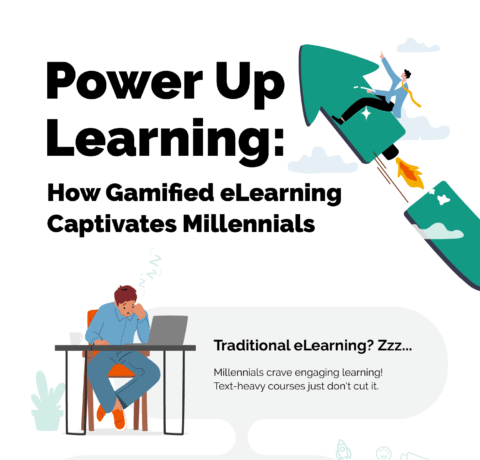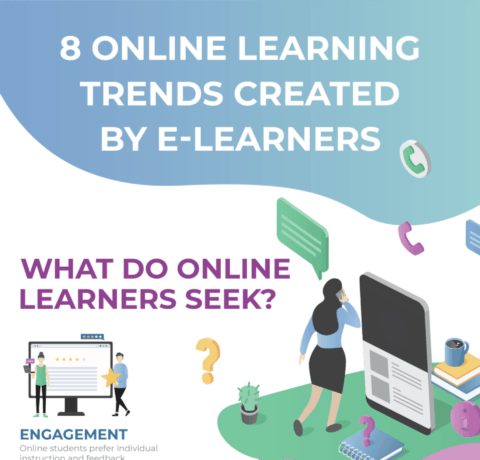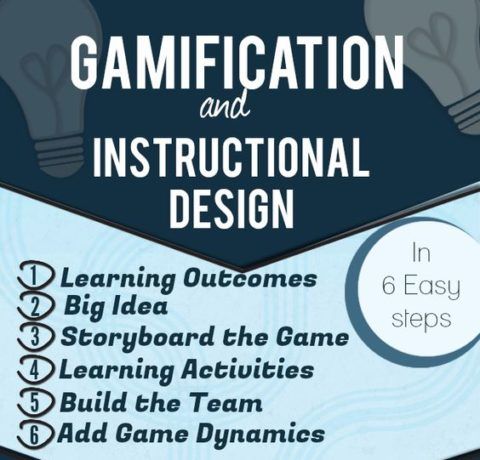Best Practices in Instructional Design of Serious Games Infographic
Before diving into building a Serious Game it is a good idea to take a step back and review the best practices of doing so. In this infographic we go through the best practices in instructional design of Serious Games.
1. Clear Objective
Know your objective before you start. Know how that objective translates into learning outcomes and breaks down into teachable elements. If you don’t know where you want to end up, you can’t come up with a successful way to get there.
2. Sound Educational Theory
Sound effects and bright colors do not an educational game make. Fun and engagement are important, but games that don’t follow educational theory won’t teach and won’t meet objectives.
3. Understand Your Audience
At their core, educational games are a communication tool. As with any form of communication, if you want your audience to understand you, you need to understand them. Know what they bring with them to the game, how they will relate to the game, their embedded expectations, and what they already know about the learning topic.
4. Complementary Game and Instructional Design
The gaming elements should complement the instructional objective. This means using scoring, achievement, and reward systems that are relatable to real world settings and complement your learning objective. Also consider using theming, art, and staging, which will not only enhance presentation but the learning as well.
5. Engaging Game Mechanics
Unfortunately, some things that need to be taught just aren’t that exciting. Including game elements such as interactivity, competition, and reward systems can help keep your audience focused on the content. The best learning games can use these techniques to teach without the player even realizing they are learning.
6. Verify Success
To ensure that your educational game is working, you need to focus on more than just the programming code. You need a plan for verifying that the educational objective is being met. Using embedded knowledge checks and end level assessments is a start. Including scheduled assessment cycles for long term evaluation and reworking of the learning is better.
7. Design for Multiple Sessions
People typically want to play a game more than once, so it is essential to make sure your design is one that can continue on and keep the learners engaged.
8. Interactive
Users respond well and retain more information with interactive games. Boring lectures or blandly presented information will cause learners to lose interest quickly, and more importantly, they most likely will not learn anything.
9. Conclusion
At Designing Digitally, Inc. they understand how to create and implement an effective instructional game that will keep users interested and educate them at the same time. By following these practices and many others, they can help you develop a game that will be successful and well-received.
See also:







You can adjust your cookie preferences here.